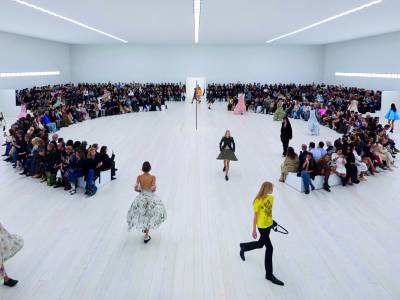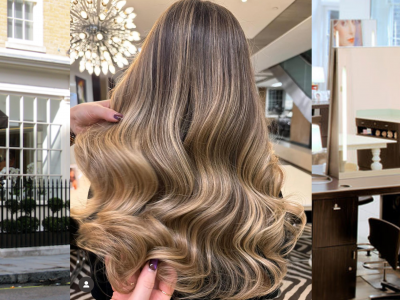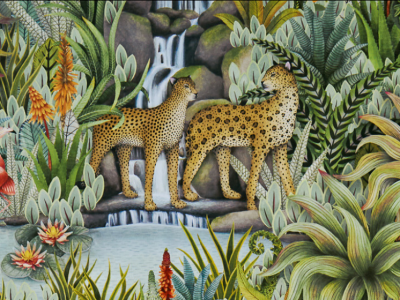For those who follow these things, the luxury industry’s game of creative director musical chairs has been quite dizzying — and it appears to be speeding up. John Galliano left Maison Margiela, while Michael Rider replaced Hedi Slimane at Celine, Adrian Appiolaza moved from Loewe to Moschino and Alessandro Michele has taken the helm at Valentino. Louise Trotter took over the creative reins at Bottega Veneta with her predecessor, Matthieu Blazy, moving to Chanel. Meanwhile, Kim Jones left Fendi late last year.
Inside the Next Generation of Fashion Creative Directors
30th July 2025
It’s all change as a raft of fashion creative directors move to different Houses, but the pressure has never been more intense with brands looking to their new leaders to transform every aspect of the business
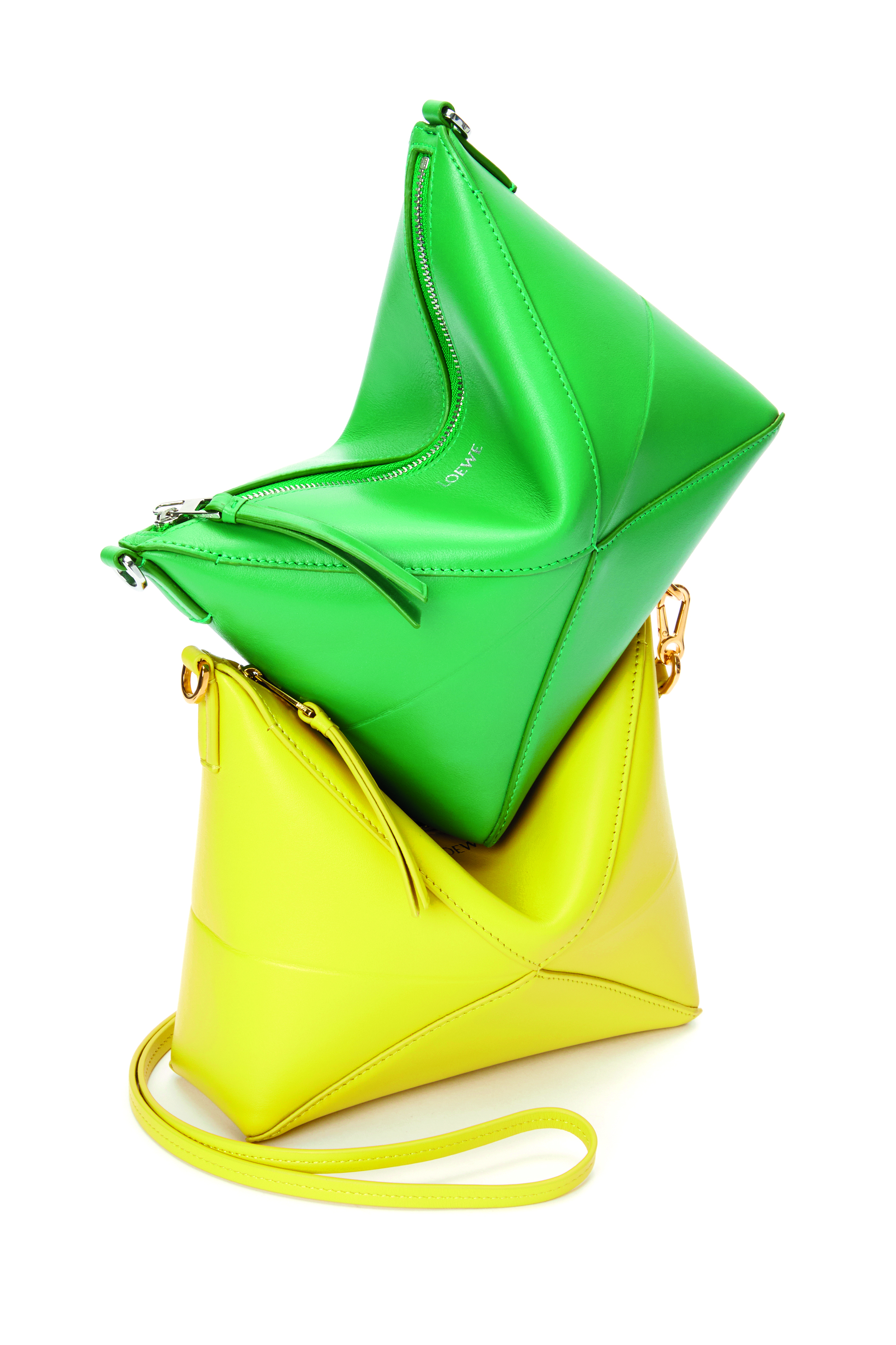
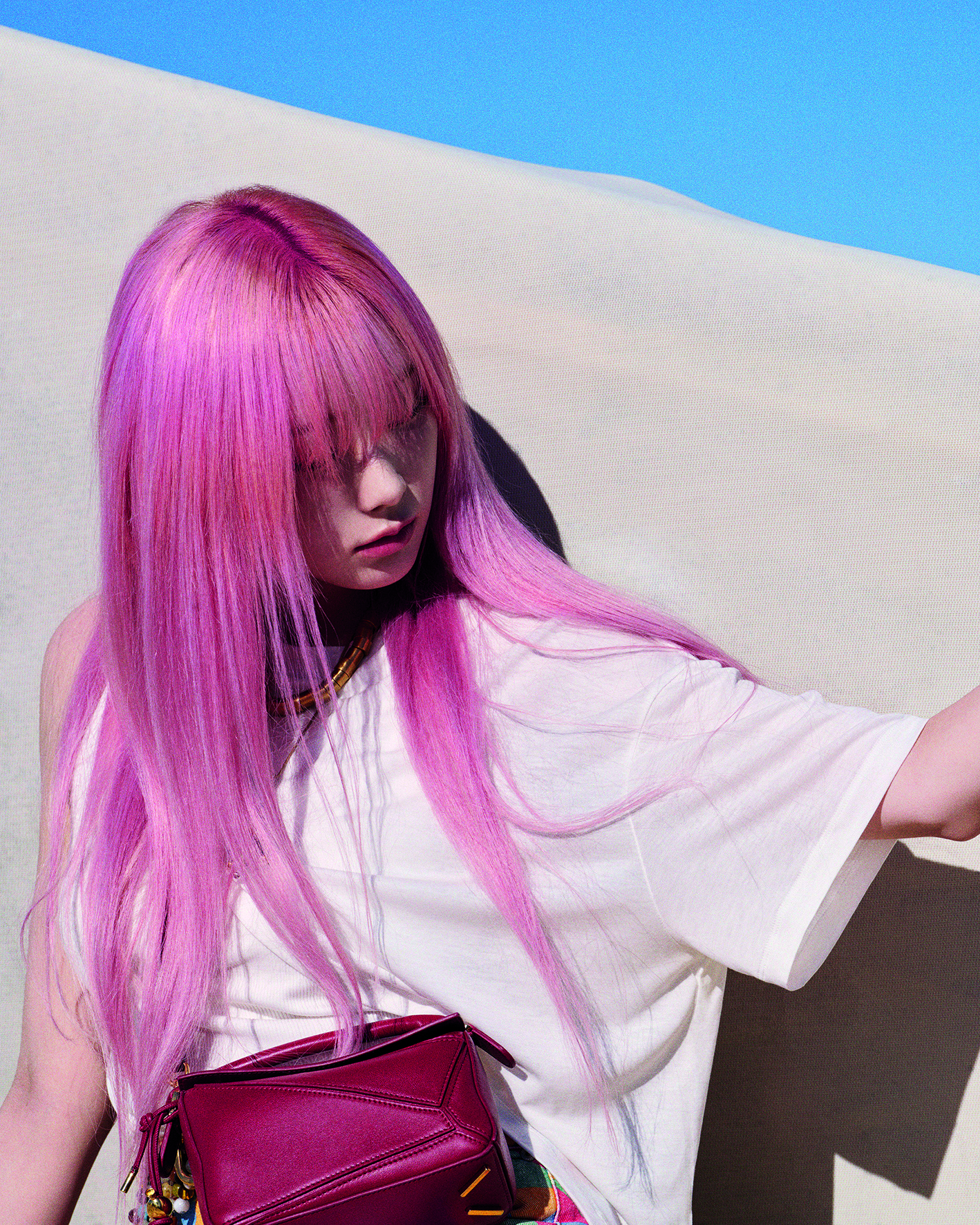
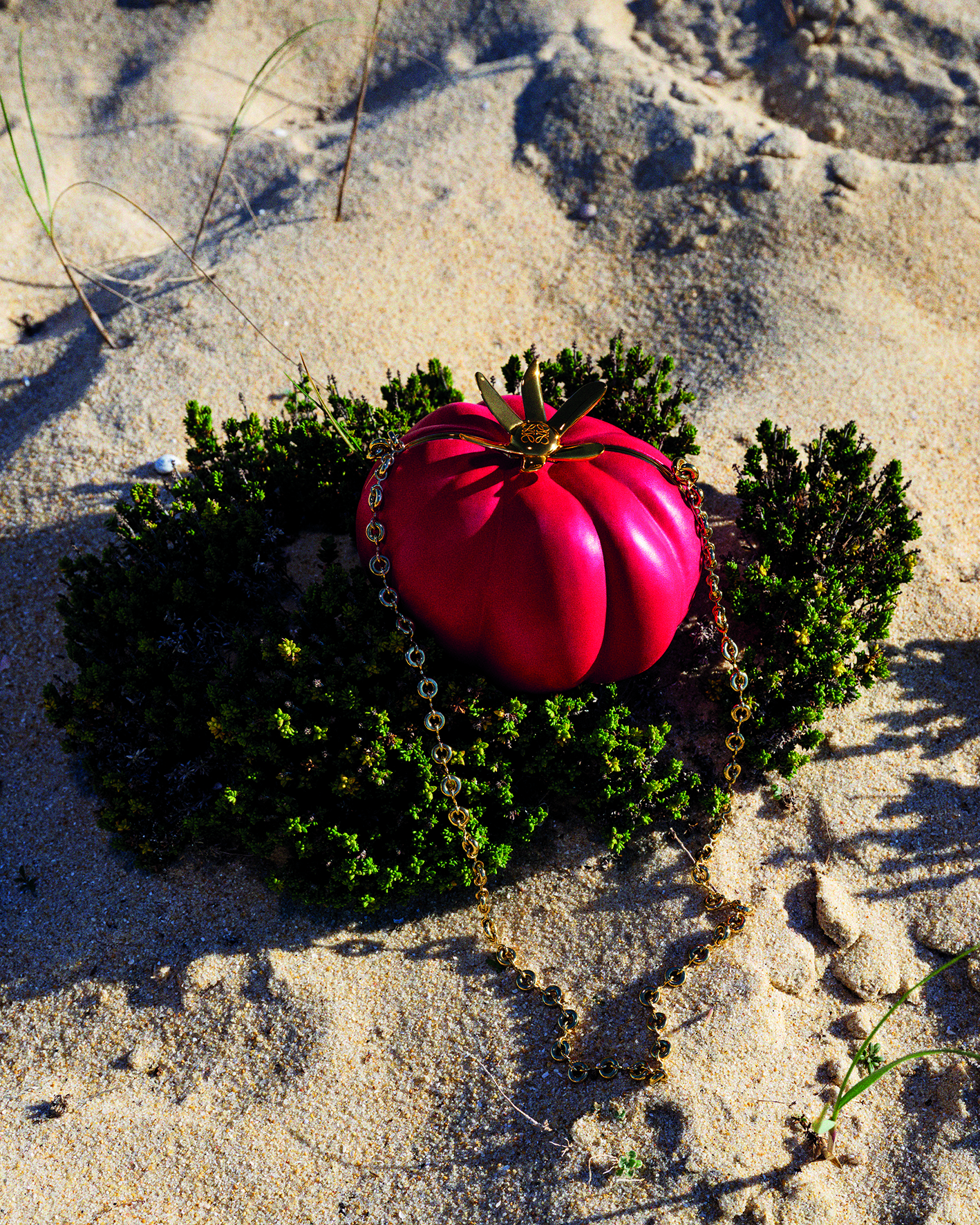
Talent and creative vision aside, sound business decisions underpin these moves. Alessandro Michele’s nearly eight years at Gucci saw sales rise from €3.5bn in 2014 to €9.73bn in 2022. Now its owner, Kering, which also bought a 30 per cent share in Valentino for €1.7bn — with an option to acquire 100 per cent of the share capital no later than 2028 — hopes to replicate this success with Michele taking creative control at the house.
Michael Rider was lured back to Celine, where he was previously design director under Phoebe Philo. At Ralph Lauren, he was celebrated for refreshing the brand’s signature preppy look; the aim at Celine is to recreate some of Philo’s elegance while updating the aesthetic to align with today’s luxury themes.
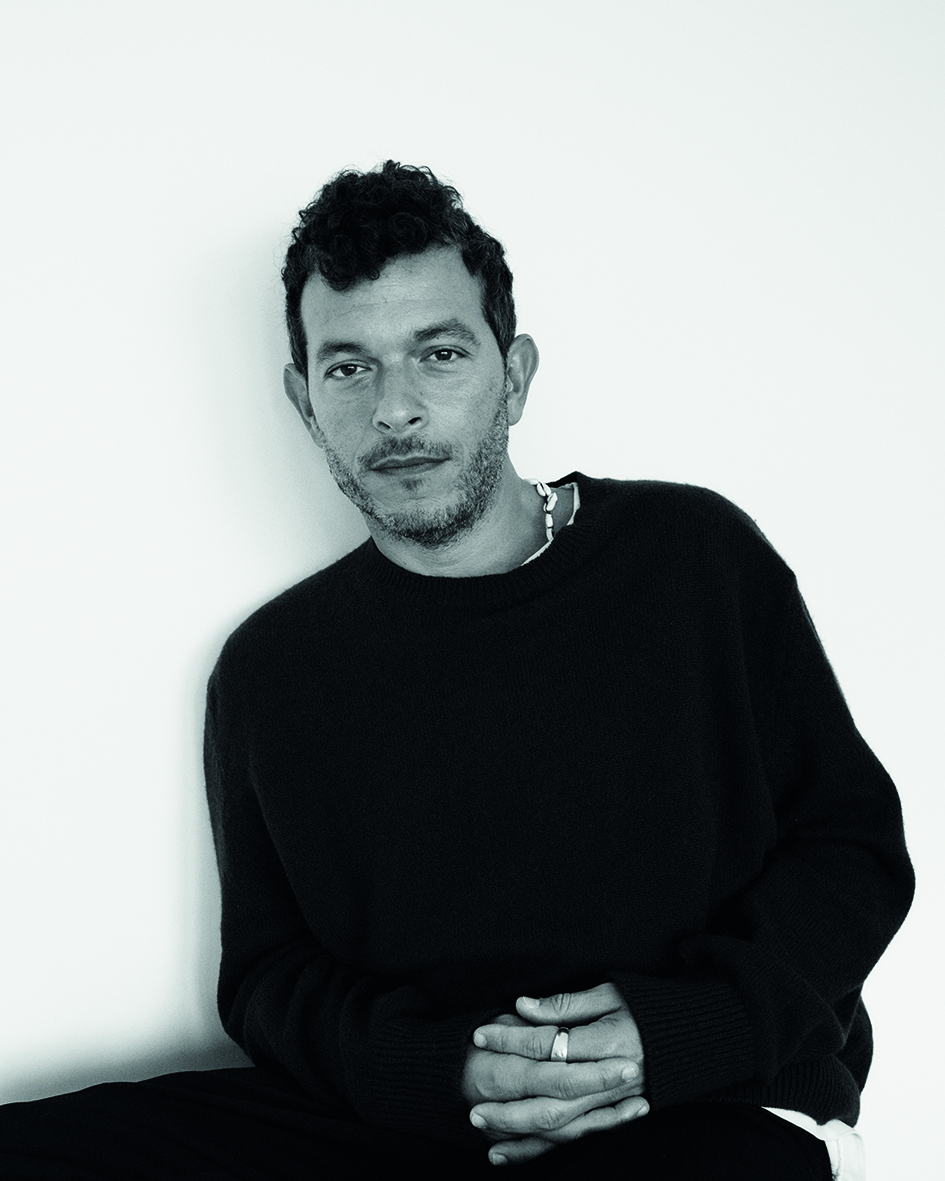
The role of creative director has changed considerably over the last decade. “Creative directors are no longer just responsible for designing clothes; they are now cultural curators,” says Damon Collins, a founder and creative partner at Joint, an independent creative agency based in London. “They shape the brand’s entire aesthetic universe, influencing everything from campaign imagery and runway shows to collaborations, digital presence and even store experiences.”
Collins points out that these days, creative directors are treated like celebrities, with their appointments making global headlines and amassing cult followings. Their personal aesthetic and values often define the brand, making them as recognisable as the logos they oversee. “While past creative directors were revered primarily for their technical skill and long-term contributions to a House, today’s creative leaders are judged by their ability to shape pop culture, build community and drive revenue across multiple channels. They are expected to be both visionaries and strategic business minds driving the success of billion-dollar global businesses, making their role more complex and more precarious than ever,” he says.
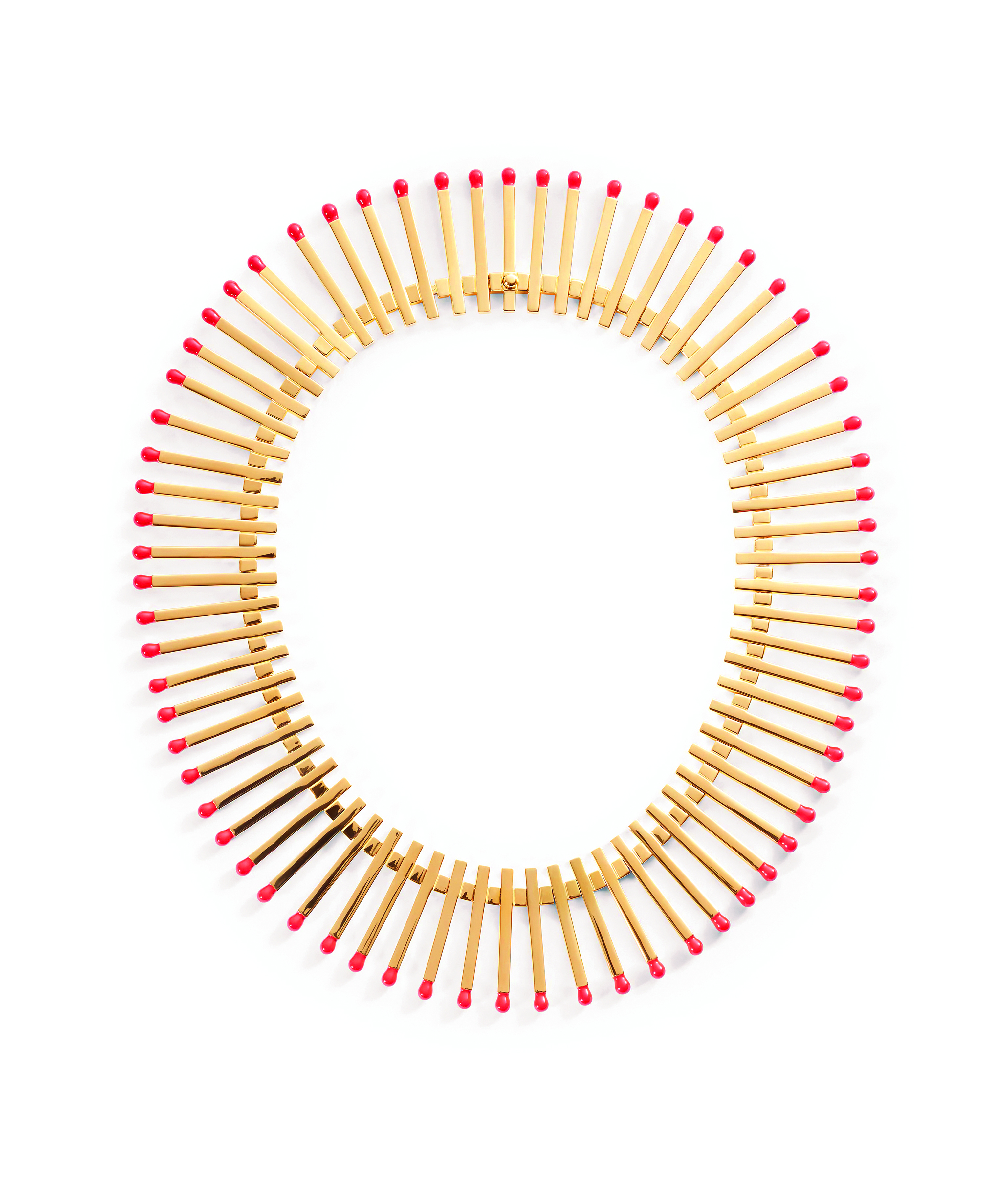

Whereas celebrity creative talent was once the preserve of just a few luxury houses — think Hubert de Givenchy, Coco Chanel and her successor Karl Lagerfeld — today, every high-end brand needs one.
Meanwhile, competition between luxury houses has increased and CEOs have felt under greater pressure than ever to identify and exploit new markets and demographics. With a downturn in the market especially among “aspirational,” for which read less wealthy luxury customers, the need for a lead creative to boost the bottom line is stronger than ever. Creativity and storytelling are crucial, but these days, commercial considerations are even more critical.
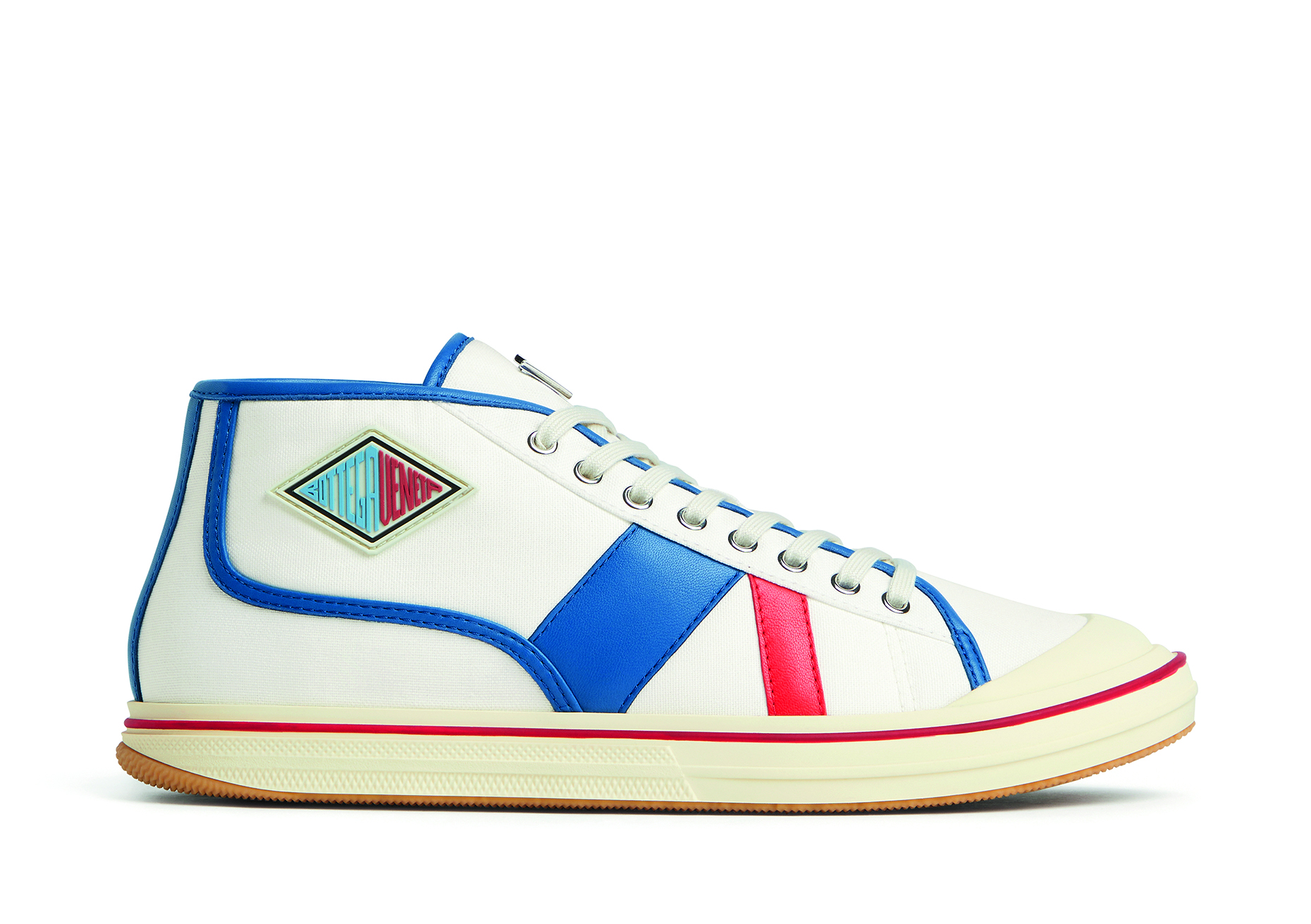
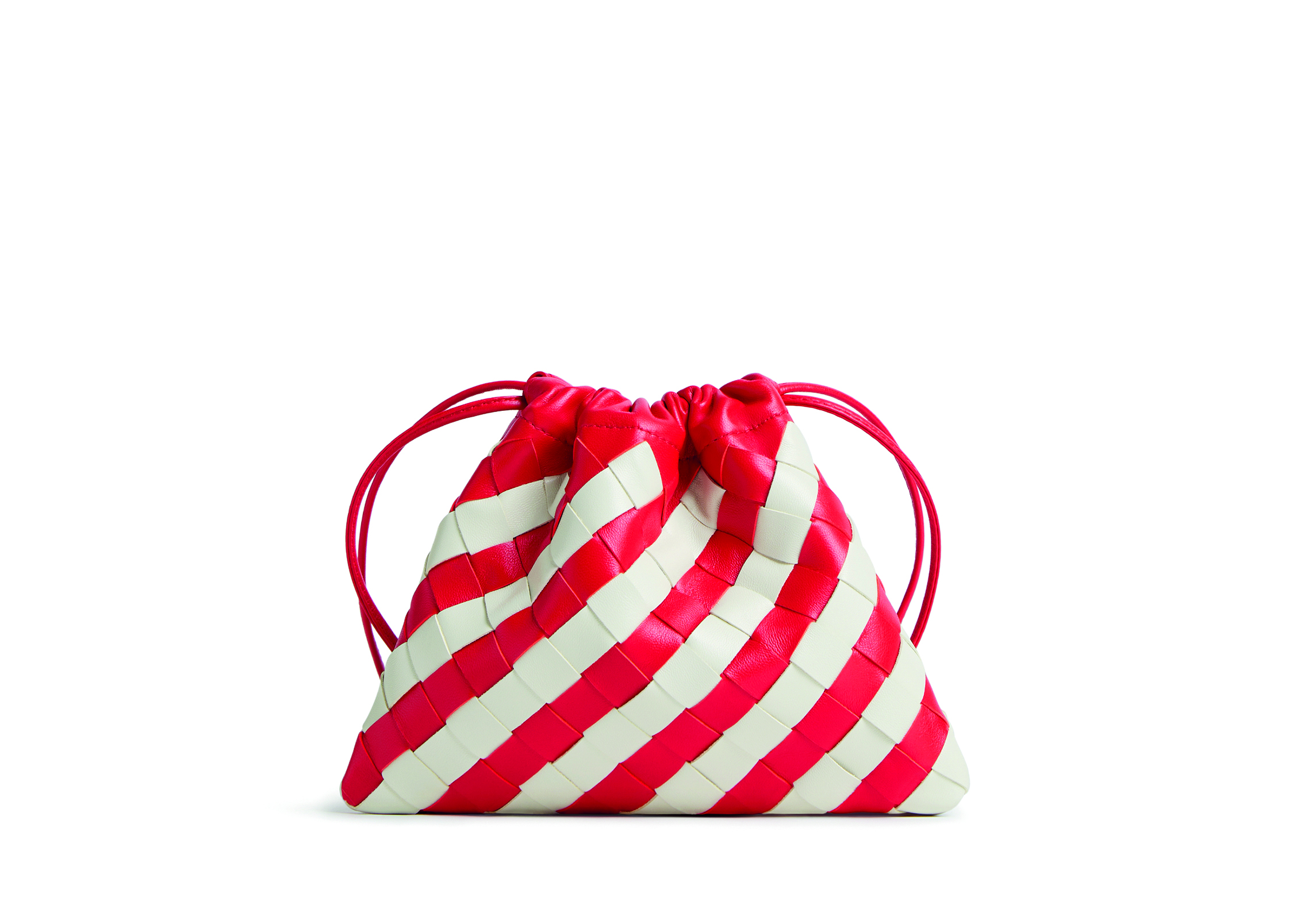
“Creative directors are expected to create new products that reignite sales instantly,” explains Milton Pedraza, CEO of the Luxury Institute and co-author of High Trust Worth. “They are under the most intense pressure to deliver in decades. There’s way too much of the burden put on their shoulders as an individual to generate sales rapidly. It should be a team effort across all functions of the enterprise.”
“There’s definitely greater pressure on you to become your own brand ambassador,” says one creative director, who wishes not to be named. “There was a time when creative directors spent their time at work in private and then made a brief appearance at the end of a show. Now, you have your own publicity operation, including PRs and social media consultants, and the House will be looking to promote you more actively than ever. The aim is to develop a mystique around the whole creative process with you at the heart of it.”
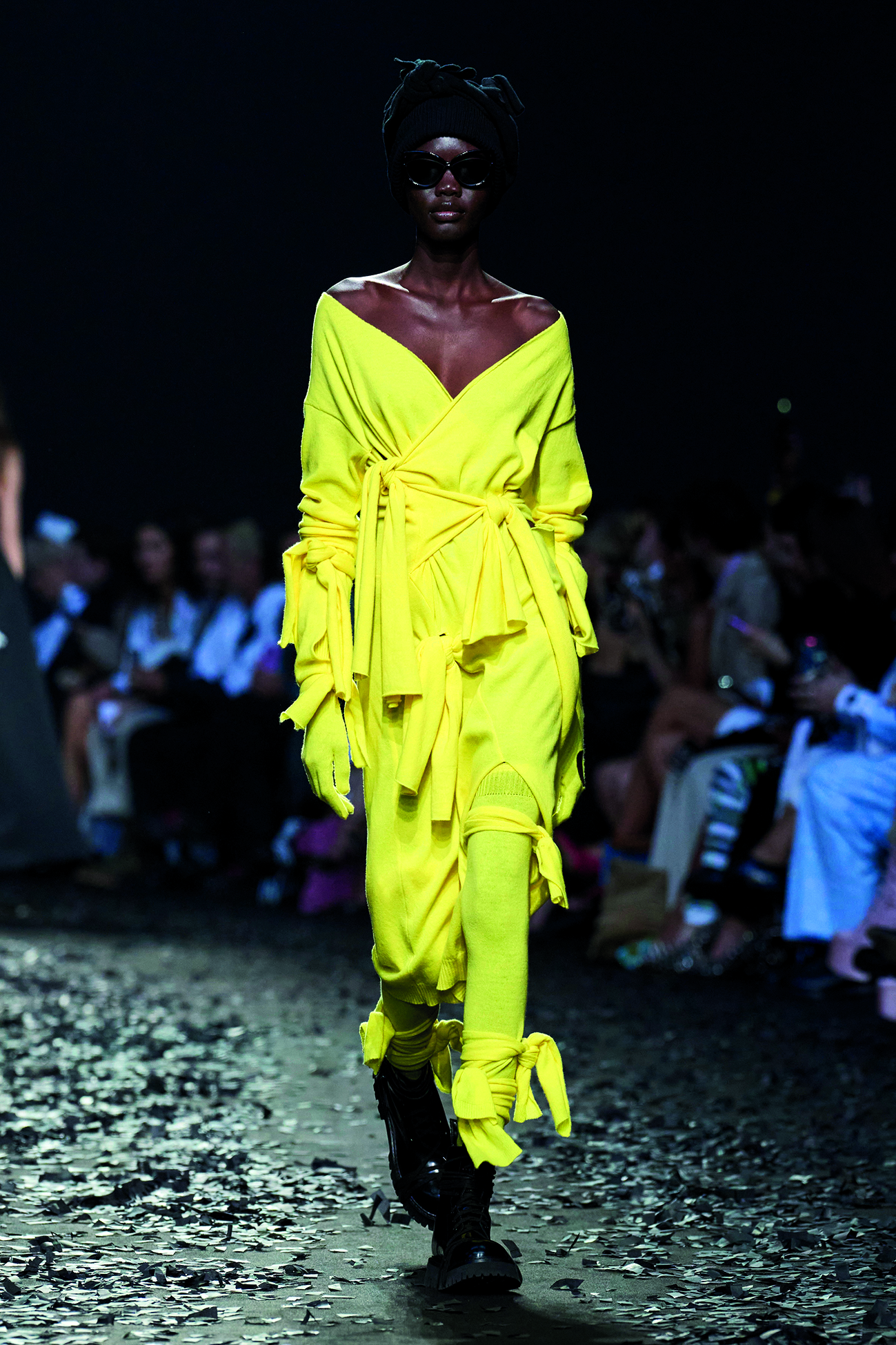
The choice of creative director is not just driven by an individual’s talent and creative record. “Increasingly, it’s part of the business strategy developed by the CEO and the board; Bernard Arnault is involved closely at LVMH. They want someone whose gender, age appearance and persona fit the overall brand image,” the creative director adds.
The changes at Maison Margiela bear witness to the growing incentive for creative directors to raise their profile. Founder Martin Margiela has always been famously discreet and reclusive, refusing even to appear at his own shows. “It’s difficult to make a name if you cannot put a face on it,” he commented on a 2019 documentary.
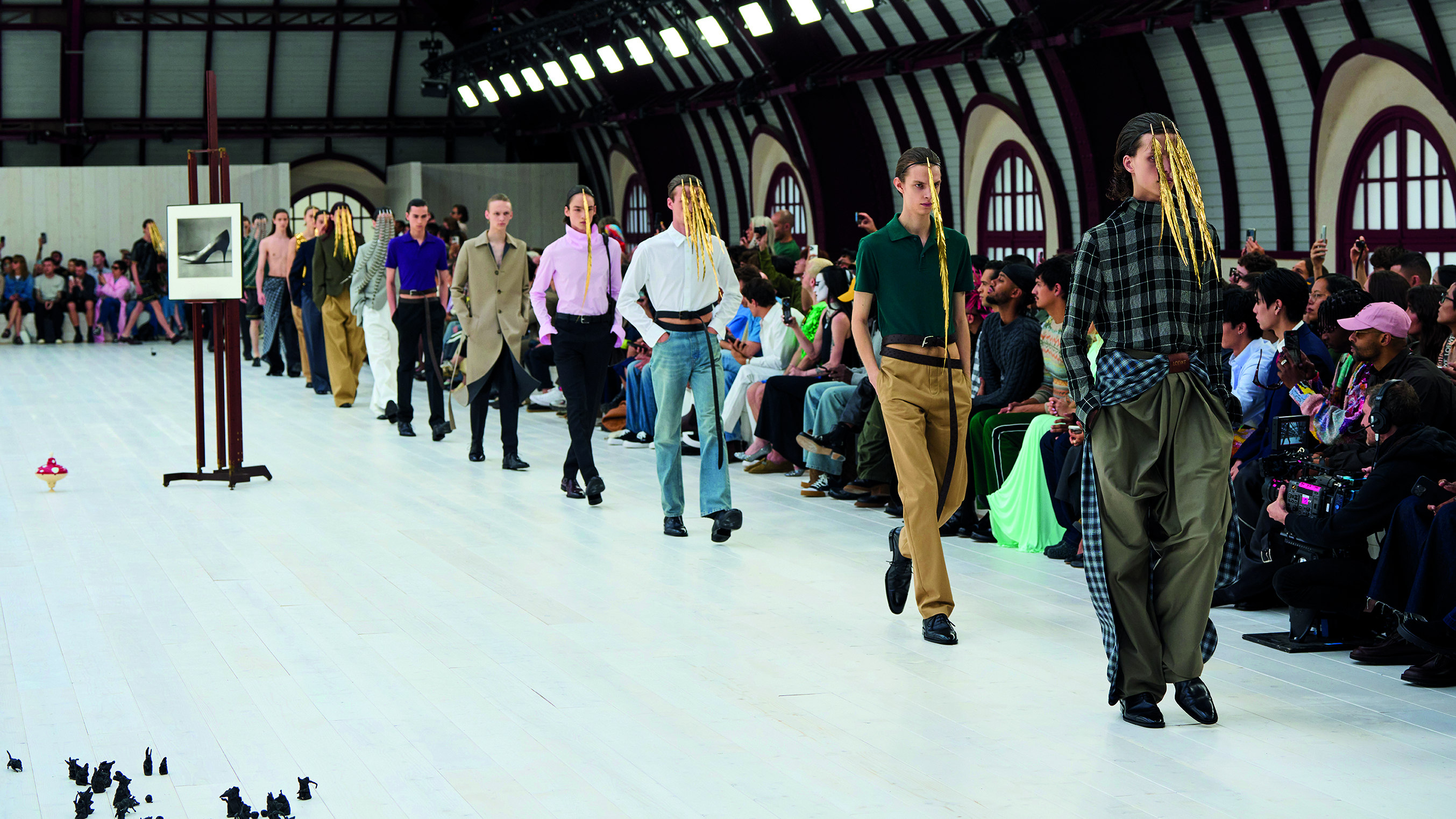
However, John Galliano’s successor as creative chief at Margiela, Glenn Martens, creative director of Diesel and formerly of independent label Y/Project, is comfortable in the spotlight, equally happy to discuss his work and the world of luxury fashion overall. It’s worth noting that, welcoming Matthieu Blazy, Bruno Pavlovsky, President of CHANEL Fashion and Chanel SAS, referred to Blazy’s “audacious personality,” plus his “dedication to craftsmanship and beautiful materials.”
While the last two years have seen several celebrated names move from the head of one House to another, in other cases, their departure has opened up opportunities for less obvious appointments. A case in point is Loewe, where Jonathan Anderson has been replaced, it was announced in March this year, by Jack McCollough and Lazaro Hernandez, founders of niche brand Proenza Schouler, whose fans include actor Natasha Lyonne and model Bella Hadid. Anderson has recently joined Dior Menswear as artistic director.
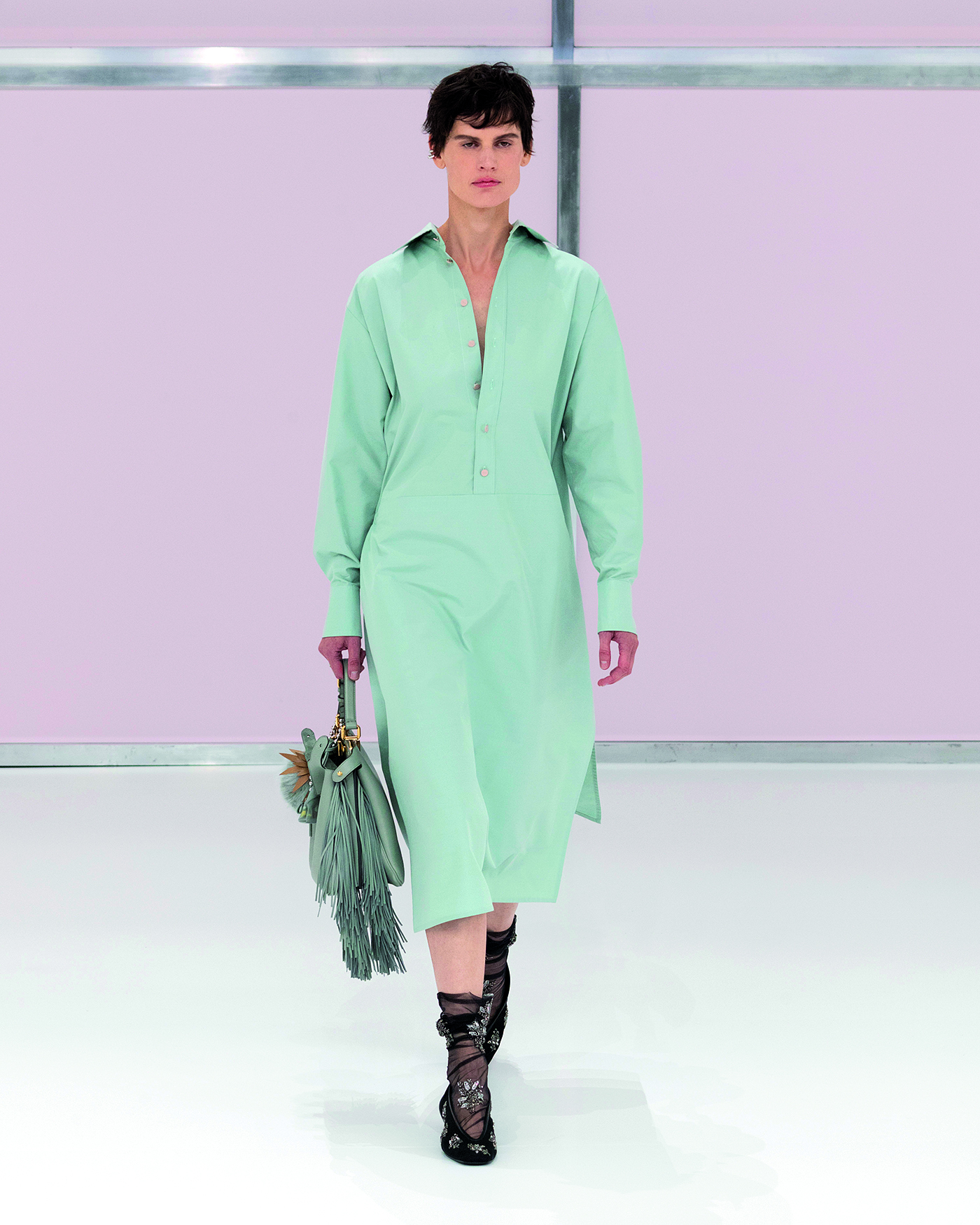
According to Sidney Toledano, adviser to Bernard Arnault (LVMH owns Loewe) McCollough and Hernandez’s “eclectic creativity and dedication to craft make them a natural choice to build the next chapter for Loewe.” Jonathan Anderson raised the profile of the House, exploiting TikTok’s army of luxury fashion fans and creating advertising campaigns featuring actors as diverse as Daniel Craig and Dame Maggie Smith, the latter photographed by Juergen Teller.
Sales at Loewe rose from around €230m in 2014 to €1.07bn 10 years later. The thinking behind the appointment of McCollough and Hernandez is clearly to apply the agile creativity and independent mindset of the founders of a fashion start-up to a well established luxury House. Taking the cool, feminine aesthetic that served them so well at Proenza Schouler, they’re expected to build on Anderson’s brand development, focussing on materials and craftsmanship — key elements of both Houses’ appeal.

As the power of celebrity continues its relentless march, the focus on creative director as a brand in their own right may well increase. “I wouldn’t be surprised to see the luxury conglomerates launching entirely new labels centred on the famous individuals they are risking their fortunes on,” predicts Damon Collins. But don’t creative individuals need time out of the spotlight, free of the ravenous demands of social media, to find inspiration?
Milton Pedraza, for one, is sceptical about the continued rise of the celebrity creative director. “Brunello Cucinelli and Hermès have a team approach to creativity, and I believe more brands will realise that the ‘creative genius saviour’ concept is a myth, or just a bet, and will rely more on consumer feedback, management judgement and a small creative team working as brand stewards, testing and learning their way to success and respecting the brand DNA while innovating at the same time. They may have a creative leader, but not necessarily a famous name,” he says.
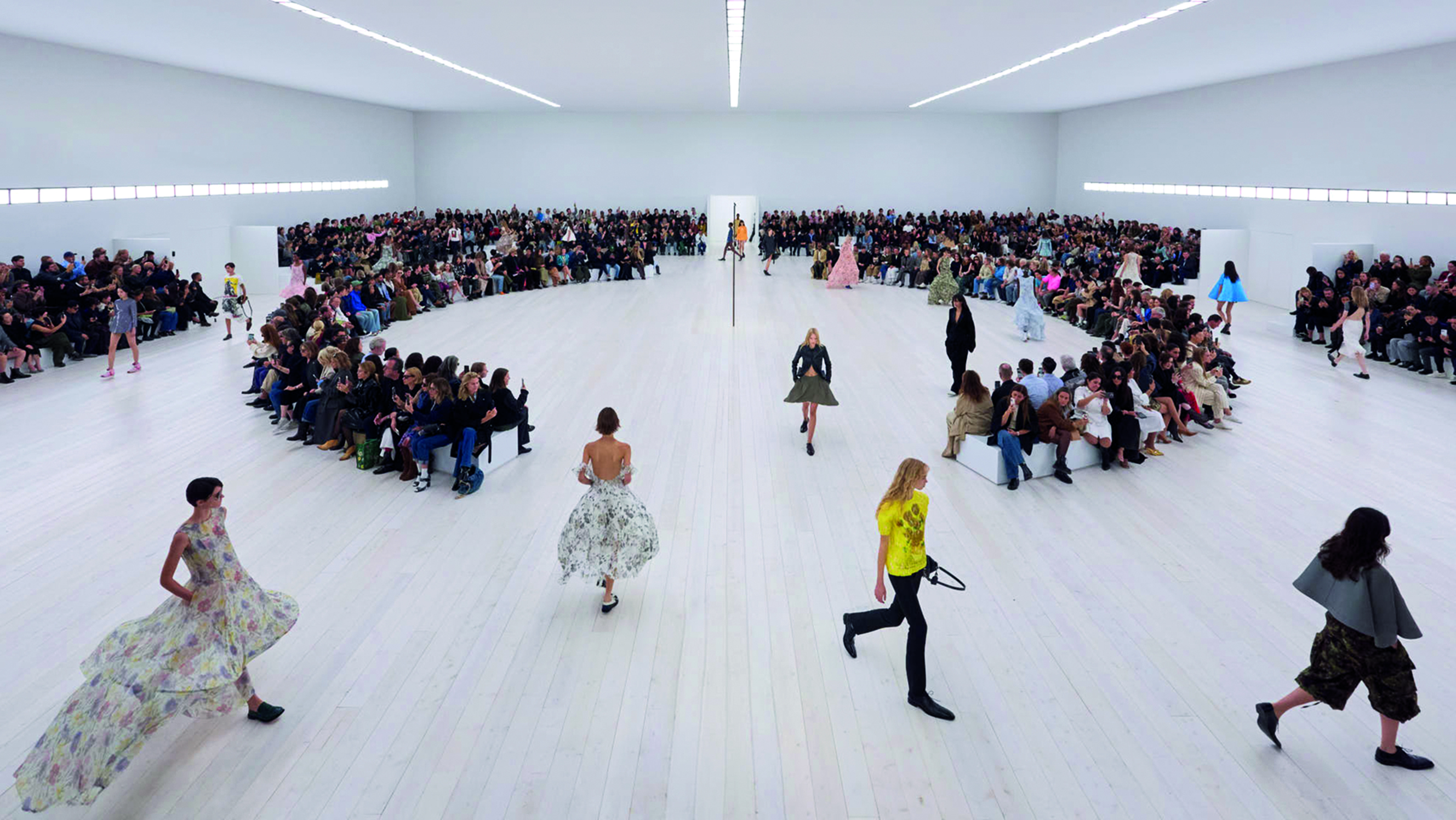
Adored and fêted monarch of all they survey or workaday team player? Ultimately it will be up to luxury consumers themselves to define the role of the next generation of creative directors.
